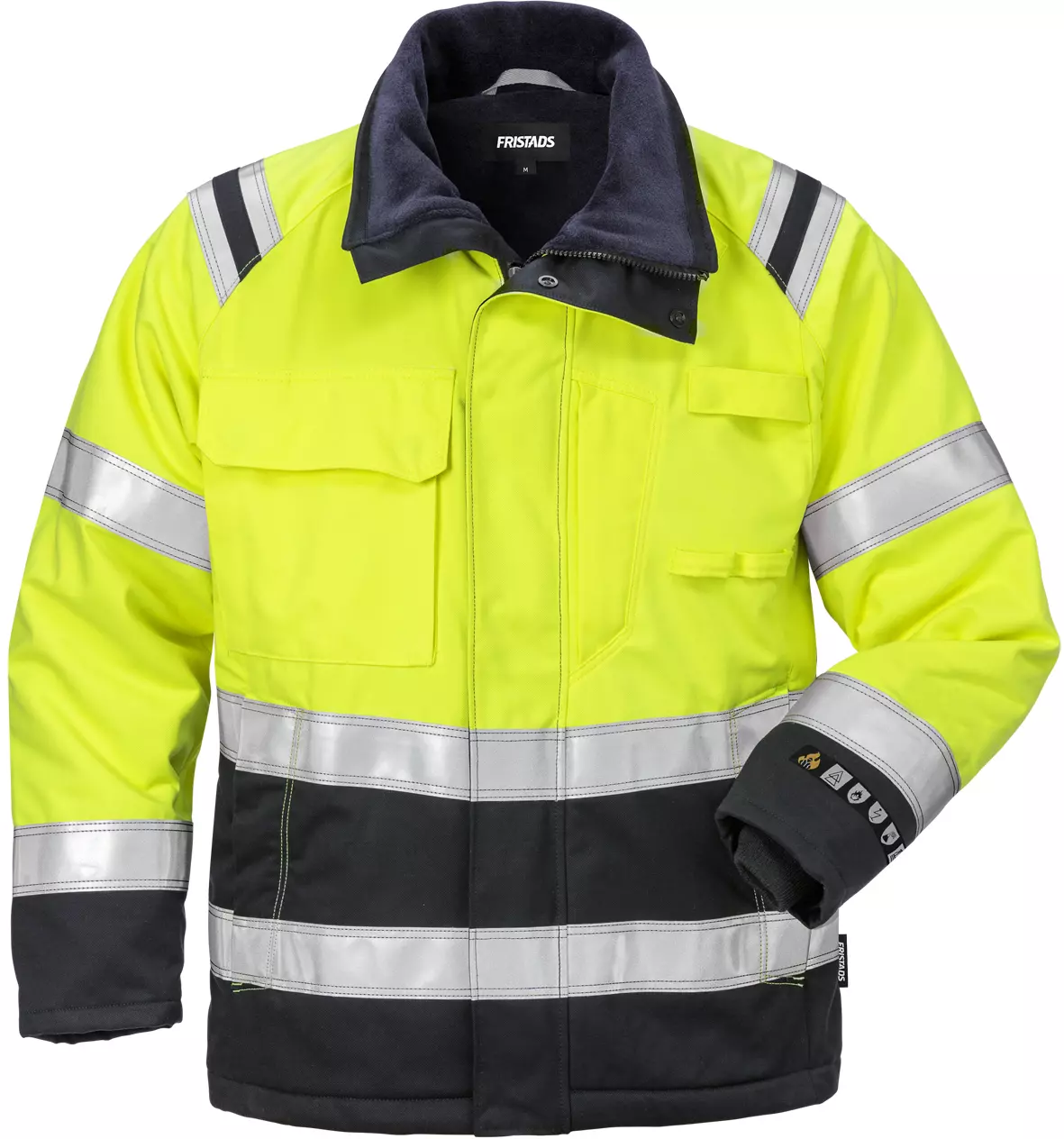Loading Fristads for Germany
Change the country of delivery or ask for an alternative for product code FRI-129548-171 by contacting one of our product experts.

Fristads Flame Stat High Vis Winter Jacket Women Class 3 4285 ATHS
Fristads Flame Stat High Vis Winter Jacket Women Class 3 4285 ATHS
4.5 / 5
Change the country of delivery or ask for an alternative for product code FRI-129548-171 by contacting one of our product experts.
Get help from our experts
You can pay with any of the following popular payment methods:
Get in touch with our customer support if you need help
Get help from our experts